Chateau Musar 2017
$95.50
The grand wine from the iconic wine producer Chateau Musar, Lebanon. The wine was made from a blend of Cabernet Sauvignon, Cinsault, Carignan, fruits harvested from the Estate vineyards of Bekaa Valley. The palate of the wine is powerful and complex, can usually age for 15+ years and improve from it.

8 in stock
Add to cart
Buy Now
Lebanese heritage of viticulture, charted right the way back to Phoenician times, over 4,000 years ago, has had a dramatic influence on the way the vine is grown in modern day Lebanon, including what Chateau Musar does.
1930 was the year when the founder of Chateau Musar Gaston Hochar planted his first vines after returning from Bordeaux. During the war Major Ronald Barton of Château Langoa-Barton and Leoville-Barton stationed in Lebanon, during which Gaston Hochar and him became fiery friends. Their friendship strengthened the winery’s links with Bordeaux, and the process influenced much of Musar style.
Chateau Musar’s red vineyards are situated towards the southern end of the Bekaa valley, north of Lake Qaroun and about 30 km south-east of Beirut. They lie near the villages Aana and Kefraya on a range of gravelly soils over limestone. The soil is naturally suited to high quality viticulture. The wide range of soil types and aspects results in wines of distinctive character and blends of appealing complexity.

The grapes used to make Chateau Musar Red are Cabernet Sauvignon and Southern Rhone varieties of Cinsault and Carignan from long established, mature vines yielding a maximum of 30 to 35 hectolitres per hectare. The ancient and indigenous white grapes of Obaideh and Merwah which prefer slightly cooler conditions to the reds are grown in vineyards at even higher altitudes on the mountain slopes,some 1,500 metres abovesea level.
Every wine at Musar is produced naturally with a ‘non-interventionist’ wine making philosophy and the winery was the first in Lebanon to implementorganically certified viticulture in 2006 for its Chateau Musar red and white grapes.
2017 began above average rain and snowfall in January, leading to expectations that the water table would be replenished. More rain and snow followed in February and non-stop in March but turned into a mild spring with temperatures rising in April, though not excessively. In fact, opening of buds on the vines was 10 days later than usual due to low air temperatures and comparatively cold soils.
In late April a one day frost hit the Bekaa Valley but at the time was not seen as particularly harmful, though Cinsault proved the most resistant. On the 24th June, the temperature reached 37 degrees and this heat continued until mid-August affecting the vines and grapes resulting in lower yields. The harvest of Cabernet Sauvignon began by 22nd August, Cinsault the 4th September and Carignan on the 7th.
2017 vintage is an equal blend of Cabernet Sauvignon, Cinsault, and Carignan.
Each varietal was fermented with natural yeasts in concrete vats, then aged for 12 months in French Nevers oak barrels before blending in early 2020 and bottled without fining or filtration during the summer months. Fermentation proceeded smoothly and temperatures ranged between 27 and 30 degrees. All the wines proved very aromatic and in particular the last Cabernet Sauvignon picked, showed for the first time, aromas and taste of exotic fruits and even guava. Malolactic fermentation finished by 1st November and preliminary tastings showed that 2017 is a different year with more structure and power, resemble 2007, 1997 and 1987 vintages.
It looks to be very promising indeed, the wines of this year are unique, yet retaining classical Chateau Musar character. Three factors come to our minds, the similarity in style of the different decades ending in 7, the taste of the last vineyard of Cabernet Sauvignon harvested and powerful aromas. It has a bright ruby colour and there are sweet red cherries, mulberries and plums on the nose with a hint of tea tree and liquorice. The tannins are soft and well-integrated and this vintage has good acidity, depth of fruit and a long finish. Cellared well, it will age beautifully for decades
| Weight | 1.4 kg |
|---|---|
| Dimensions | 9.5 × 9.5 × 30 cm |
| Country | |
| Wine Type | |
| Serving and Ageing | Decant for at least 15 minutes before serving. Drink now or age until 2030+. |
Only logged in customers who have purchased this product may leave a review.




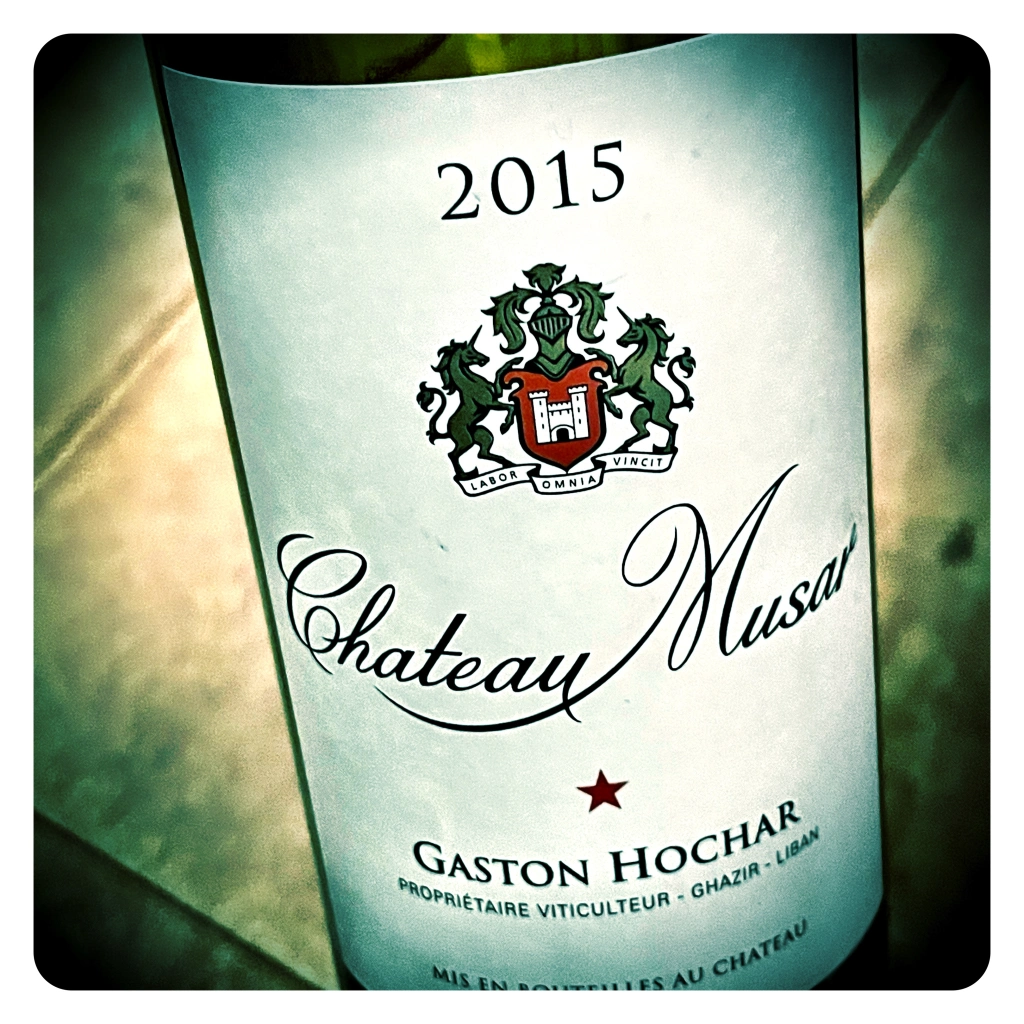

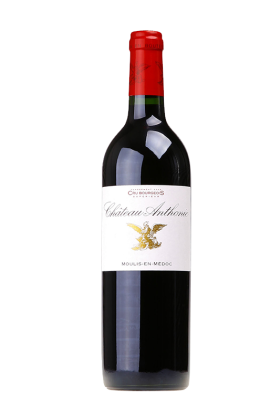


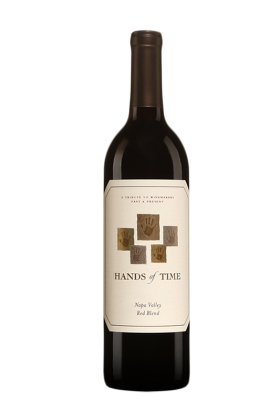
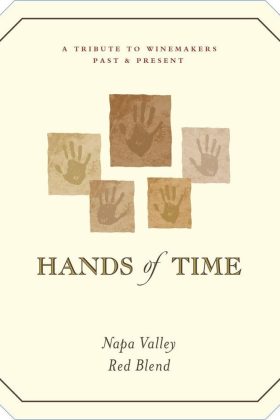

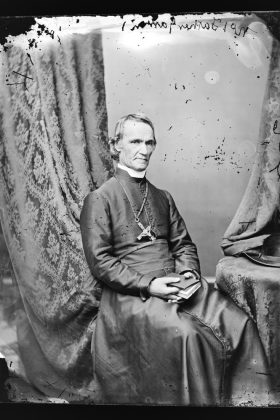
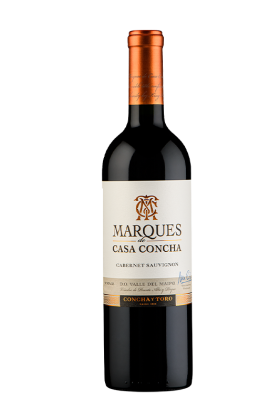


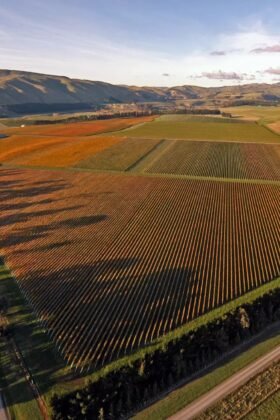

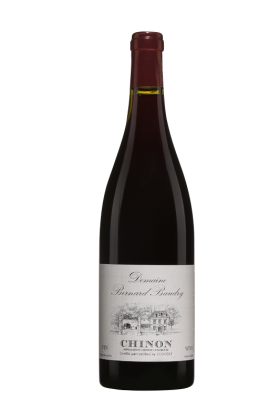
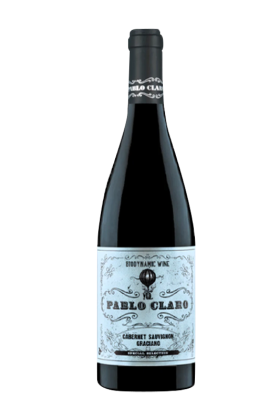
Reviews
There are no reviews yet.